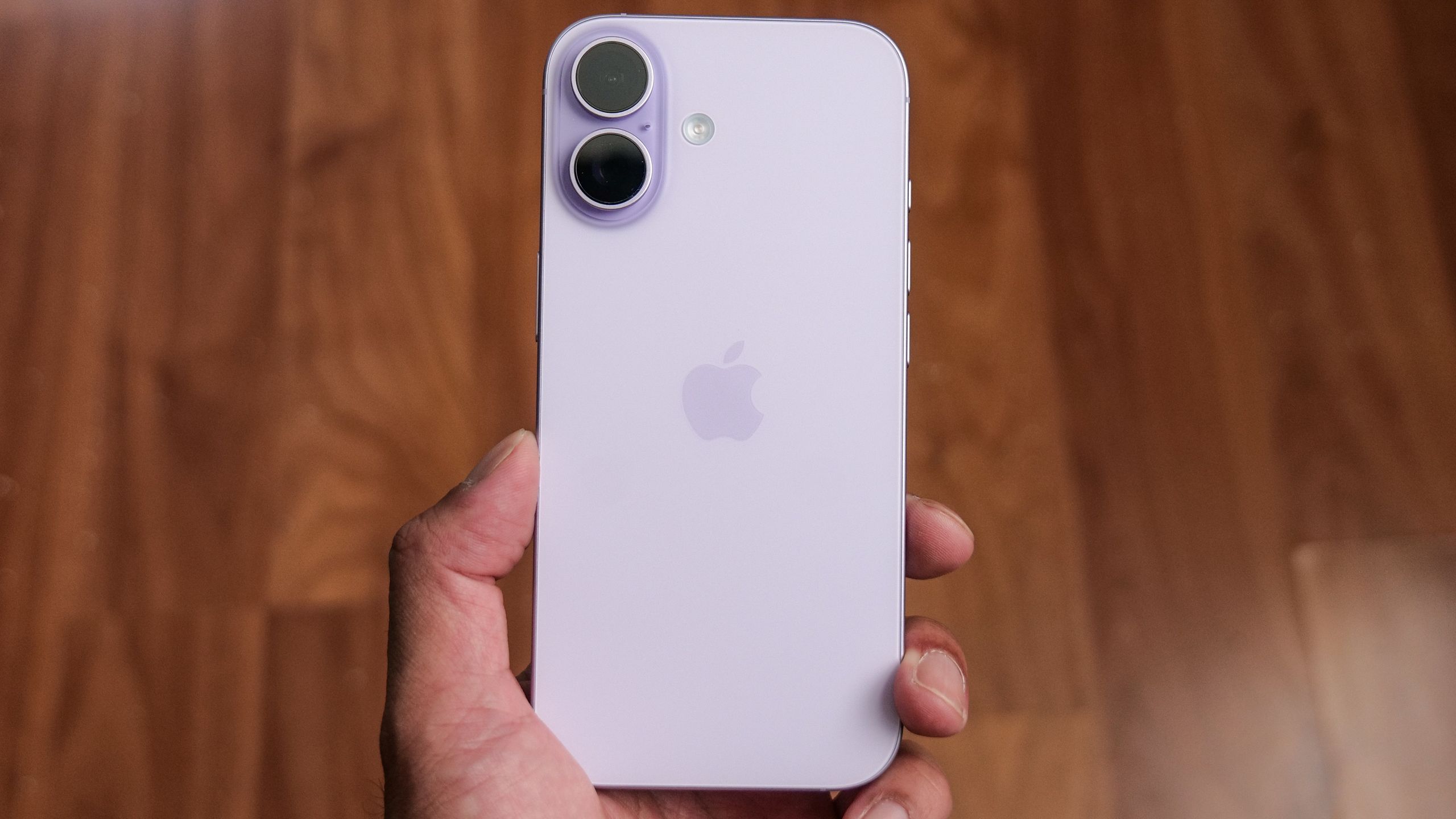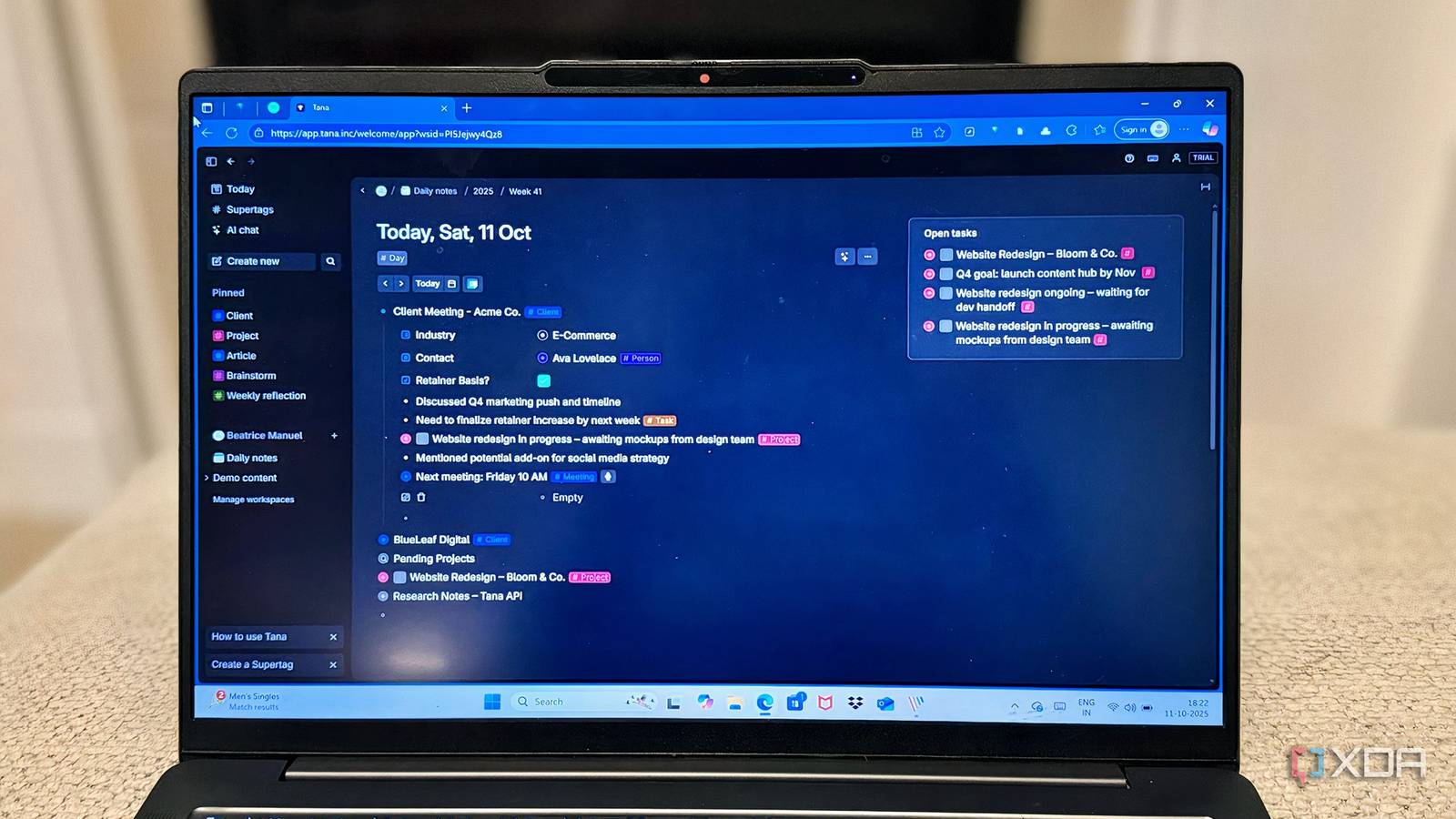Updated Feb. 1 with more details of the new service and how it will work.
Apple has just released iOS 18.3, its latest iPhone update (full details here) and the software contained a surprise extra: compatibility with the Starlink satellite network, according to a new report. And more details show how the system will work and exactly how it’s different from existing services—with one very cool change that means you’re no longer pointing your phone at .
Some Apple iPhones now have access to Starlink’s satellite network.
“Apple Inc. has been secretly working with SpaceX and T-Mobile US Inc. to add support for the Starlink network in its latest iPhone software, providing an alternative to the company’s in-house satellite-communication service,” according to Bloomberg’s Mark Gurman.
Gurman describes the software update that supports the technology as an “under-the-radar move,” and the tie-up between the companies as “a surprise.”
While T-Mobile already had a Starlink satellite option for users to send emergency messages when outside cellular range, it was for Samsung phones only. And Apple’s Emergency SOS via satellite service used the rival Globalstar network.
A post on X from Mario Nawfal, founder of IBC Group, described the update as a “game changer,” saying “Apple quietly adds Starlink to iPhones in iOS 18.3.” Since Apple already has its Globalstar service, why is this a game-changer?
Well, as Nawfal puts it, “The key difference? No more pointing your phone at the sky—Starlink works right from your pocket.” Nawfal’s comment was reposted by Elon Musk, who said that “Medium resolution images, music & audio podcasts should work with the current generation Starlink direct-to-phone constellation. Next generation constellation will do medium resolution video.”
A small number of iPhones on the T-Mobile network have been enabled to work as a beta test, receiving messages saying, “You’re in the T-Mobile Starlink beta. You can now stay connected with texting via satellite from virtually anywhere. To start experiencing coverage beyond, please update to iOS 18.3.”
T-Mobile said that the test will start “with select optimized smartphones” but that the full launch will support the vast majority of modern smartphones, and that it had opened the beta to some Android phone users running the latest software, Android 15.
The move from Apple to supporting other satellite networks beyond Globalstar has often been suggested, with Elon Musk saying that he’d had conversations with Apple about Starlink involvement back in 2022.
The system will work so that when a T-Mobile phone that’s part of the Starlink program is outside cellular connectivity, it will “try to pair with SpaceX satellites. Users will also be able to activate texting via the satellite menu for the Globalstar service or contact emergency services through Apple,” according to the report.
“Users in the program have a new toggle switch in their iPhone cellular data settings to manage the satellite feature,” Gurman says.
The first version is just for texting, but SpaceX and T-Mobile say they have plans to expand into data connections and voice calls in due course. The service will work automatically, with an iPhone on T-Mobile connecting to SpaceX satellites when out of cellular connectivity. Right now, the number of iPhones in the beta is “minimal, with T-Mobile planning to expand the program in February,” Gurman adds.
Right now, you need to be in the U.S. to be able to have this connectivity, and will apply to handsets from the iPhone 14 onwards.


